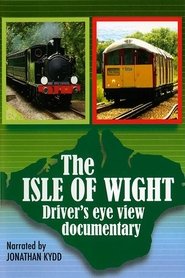
2020
playlist_add 
2019
playlist_add 
2019
playlist_add 
2019
playlist_add 
2018
playlist_add 
2018
playlist_add 
2018
playlist_add 
2017
playlist_add 
2014
playlist_add 
2013
playlist_add 
2012
playlist_add 
2012
playlist_add 
2010
playlist_add 
2010
playlist_add 
2010
playlist_add 
2009
playlist_add 
2009
playlist_add 
2008
playlist_add 
2007
playlist_add 
2006
playlist_add Show more
expand_more